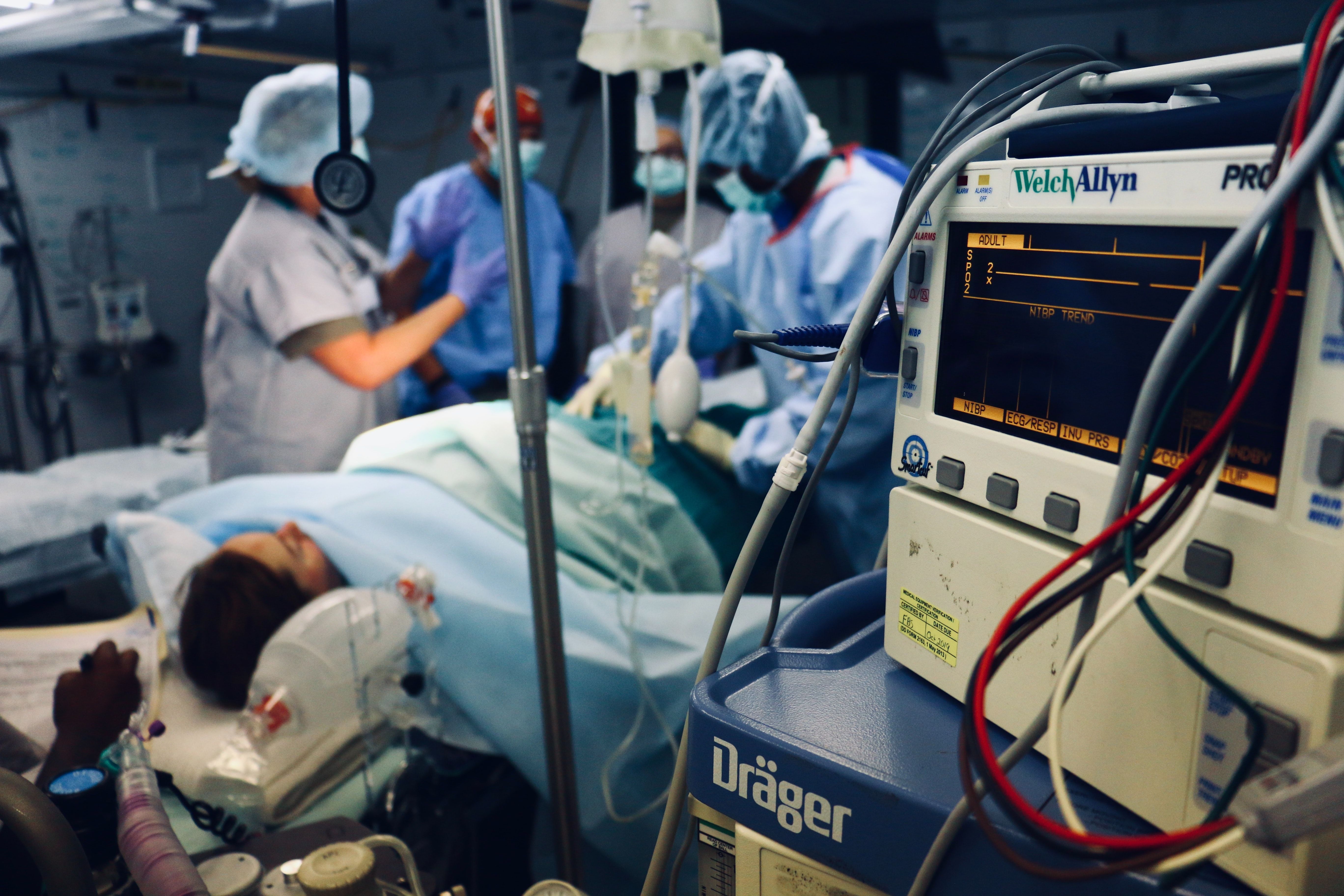How COVID-19 Influences Allergies, Neurology, and Sleep
A summary of new studies surrounding COVID-19 comorbid effects.

From sleep to neurologic conditions, to better food allergy care and worse respiratory outcomes, coronavirus 2019 (COVID-19) has been more impactful to every field of medicine this year than any disease in recent memory.
Courtesy of sister publication HCPLive®, here is some new research from this last week which illuminates COVID-19’s effect on patients across non-infectious disease specialties.
COPD Linked to Three-Fold Greater Mortality Risk in Severe COVID-19 Patients
The prevalence of comorbid chronic obstructive pulmonary disease (COPD) among patients hospitalized with COVID-19 is actually lower than its presence in the general population, according to a new observational cohort analysis presented at the CHEST 2020 Annual Meeting this weekend.
A pair of investigators reported that just 5% of observed patients hospitalized with COVID-19 suffered from COPD—versus significantly greater rates of cardiometabolic disease among the most severely ill patients.
Their analyses included 22 studies from 8 countries including 11,000-plus patients hospitalized with COVID-19.
Patients with COPD faced a three-fold greater risk of mortality (odds ratio [OR], 3.23; 95% CI, 1.59 – 6.57; P <.05) than those without.
Investigators also found that smoking was present in 37% of COVID-19 patients—yet patients who smoked faced only a 52% worsened risk of disease severity (OR, 1.52; 95% CI, 0.81 – 2.87; P = .20).
Virtually Supported Home Peanut Introduction is Viable Option
A new report detailed the first known use of a virtually-supported home peanut introduction in infant patients at risk of developing peanut allergy. The program, conducted in April, could provide means to continue crucial, timely peanut allergy care during the pandemic.
Investigators noted that no reactions were reported during the assessed virtual food introduction process, which they considered to be consistent with the current evidence that anaphylaxis is rare and non-threatening with first ingestion in infancy.
Thus, they emphasized that mild reactions can generally be managed with antihistamine and/or observation.
“Even before COVID-19, lack of allergist resources presented significant barriers to the introduction of peanut to at-risk patients where there was hesitance,” they wrote. “Virtually supported introduction may represent a future option after COVID-19 to improve access for patients who live in remote areas, or otherwise have limited access to allergists, or for clinicians with overburdened clinics.”
COVID-19 Linked to Several Neurological Disorders
Data from a prospective study conducted by investigators from the NYU Langone Grossman School of Medicine showed patients with COVID-19 may be at risk for developing new neurologic disorders.
The study observed that 13.5% of patients hospitalized with COVID-19 during the study timeframe developed a new neurologic disorder in a median of 2 days from COVID-19 symptom onset.
Among those newly diagnosed, the most commonly observed neurologic disorders were toxic/metabolic encephalopathy (6.8%), seizure (1.6%), stroke (1.9%), and hypoxic/ischemic injury (1.4%). Among patients with seizure, 34 of 74 (46%) had no prior history of seizure or epilepsy.
No patients reported with meningitis/encephalitis or myelopathy/myelitis referable to SARS-CoV-2 infection and 18 of 18 patients that underwent cerebrospinal fluid analyses were reverse transcription polymerase chain reaction negative for SARS-CoV-2.
“In contrast to prior retrospective studies that focused on the conglomerate prevalence of non-specific neurologic symptoms (agitation, dysexecutive function, myalgia, dizziness, headache) along with neurologic diagnoses (e.g. stroke, seizures, Guillian-Barre syndrome etc.), we applied rigorous, standardized diagnostic criteria to identify the prevalence of specific neurologic diagnoses in a prospective fashion,” the authors wrote.
Patients who were diagnosed with neurologic disorders after admission were significantly older, and more severely ill based on Sequential Organ Failure Assessment scores, intubation rates and acute renal failure rates. Additionally, patients who had neurologic disorders post-admission were more often diagnosed with stroke, hypoxic/ischemic brain injury, seizure, neuropathy, and myopathy.
New Study Shows Connection Between COVID-19 and Sleep Issues
Investigators from a web-based study conducted 4 weeks into national lockdowns in Israel found a high frequency of maternal clinical insomnia in recent months: 23% during the pandemic, compared to 11% in the 1-2 months prior to the pandemic.
They also found approximately 80% of mothers reported no change in their child’s sleep quality, duration, and sleeping arrangement during the COVID-19 pandemic.
On the other hand, approximately 30% of these mothers reported a negative change in their child’s sleep quality, as well as a decrease in sleep duration. There were also mothers who reported a positive change.
“These findings suggest that the changes in sleep patterns during the COVID‐19 pandemic are varied and that no unified change for the worse should be expected,” the authors wrote. “Further consideration of changes in sleep within the family context during this ongoing crisis is needed.”
